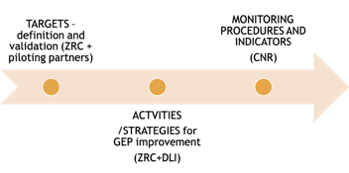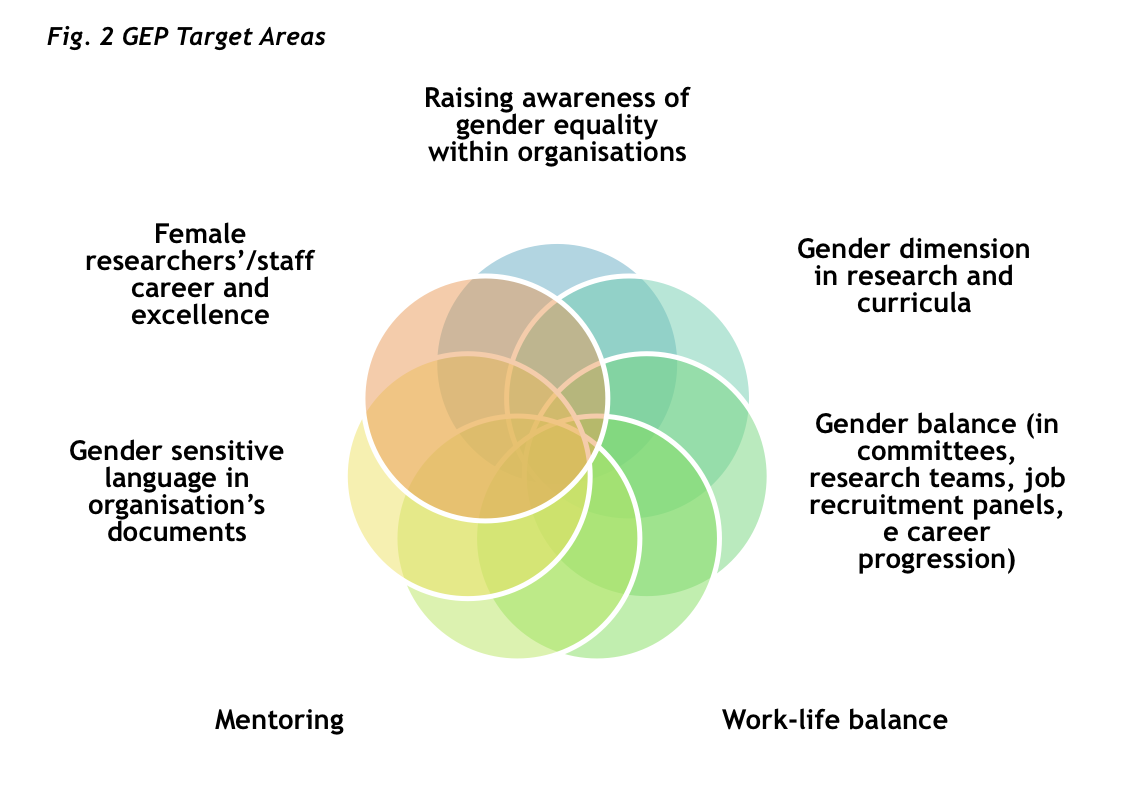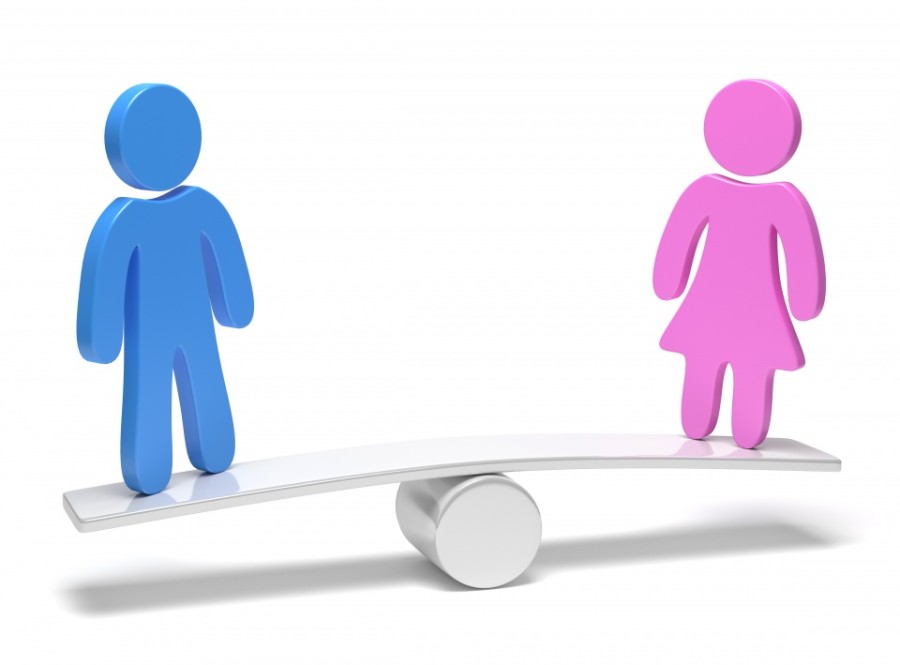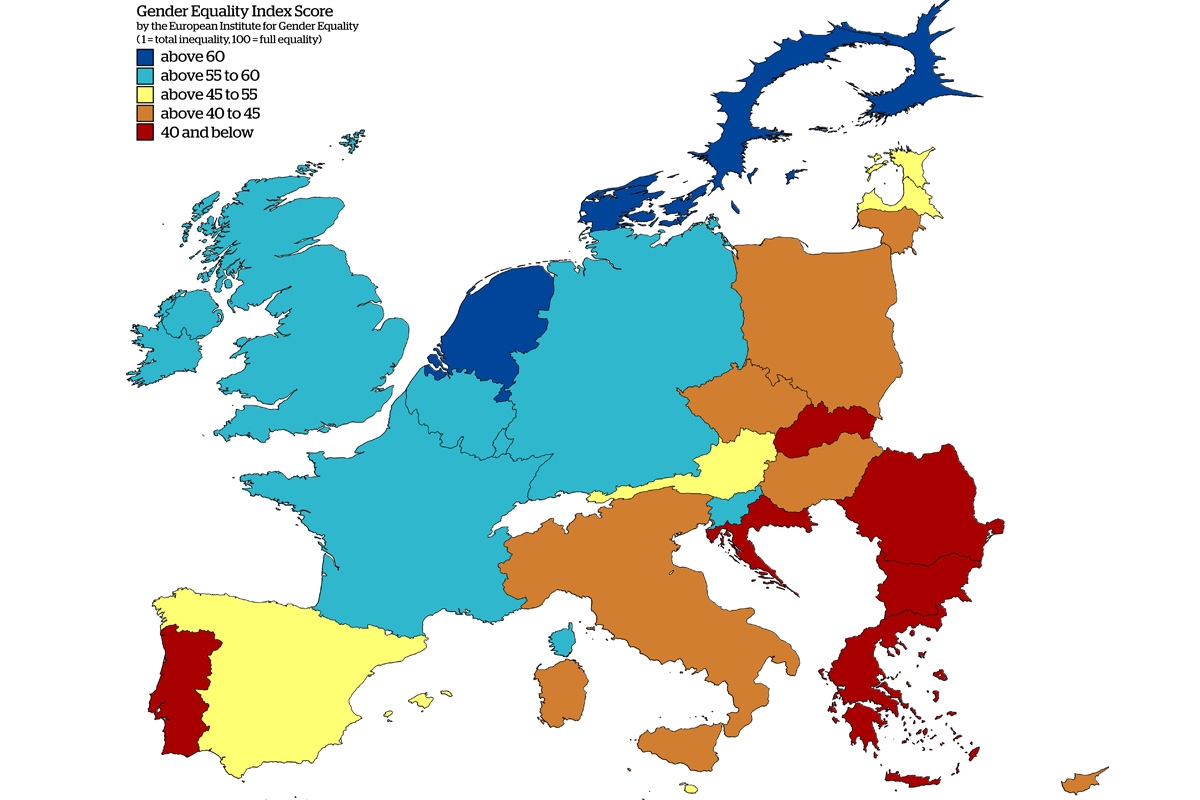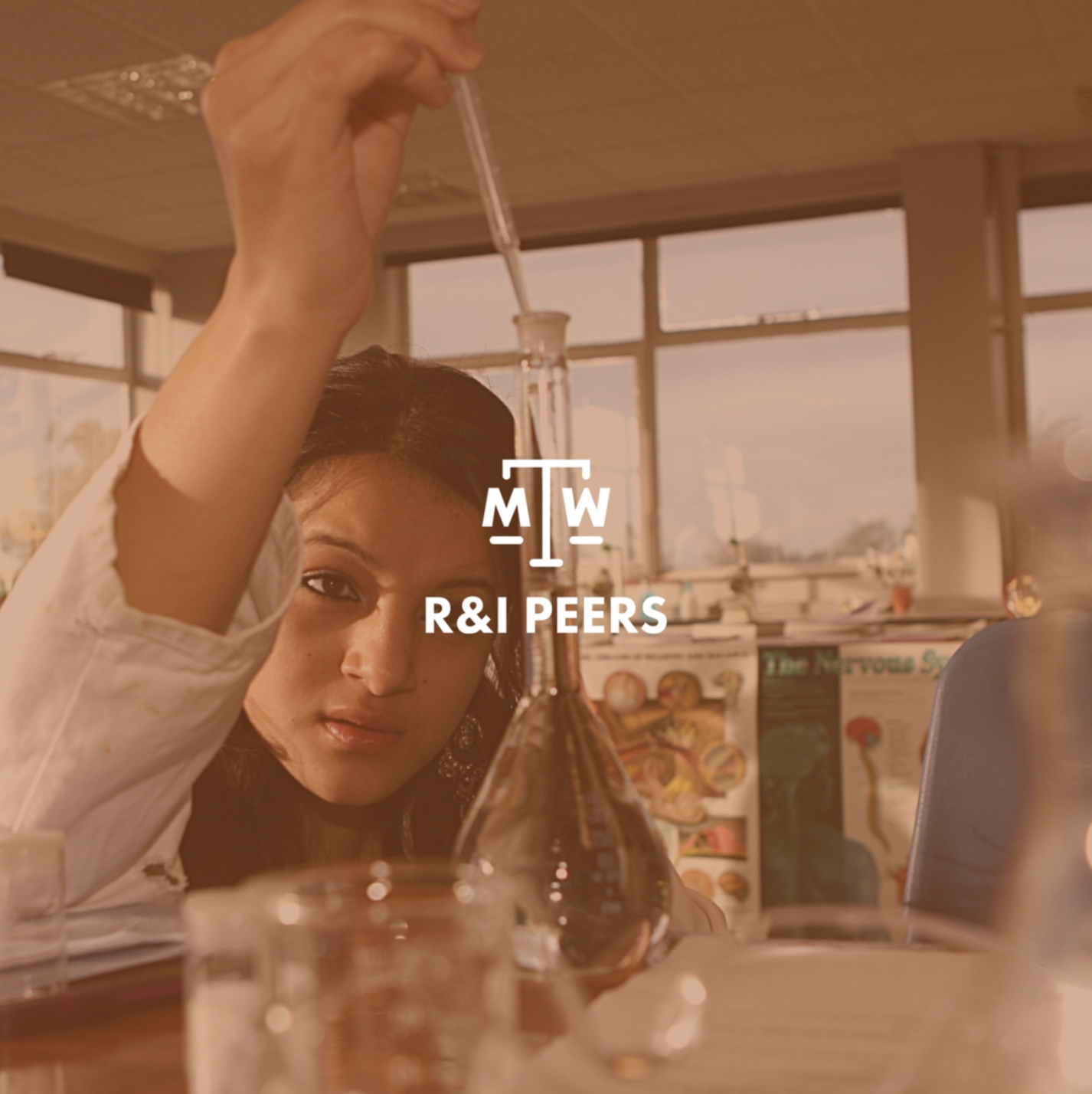Today, the R&I PEERS project released Deliverable 3.3 of the project, a report that aims at “making operative” the activities undertaken in previous stages of the project. In particular, the report provides R&I PEERS piloting partners with two tools aimed at collecting gender relevant data for both planning and monitoring the implementation of their customised Gender Equality Plans (GEPs), i.e. their specific institutional targets and strategies. The two proposed tools are:
- The “Template for data Collection” which is a methodology for data collection; and
- The “R&I PEERS Fields of Actions and Indicators”, which are gender equality indicators and measures.
The definition of a sounding methodology, to design and implement GEPs based on evidences from institutional data, along with the adoption of a strong set of indicators, to monitor the implemented measures and their impacts, have been acknowledged by EIGE as crucial elements to ensure gender equality in academic and higher education organisations, as well as research performing and research funding organisations (EIGE, 2016A). As the piloting organisations taking part in the R&I PEERS project are of that nature, the methods and tools proposed in this report are aligned with those recommended by EIGE.
This report has been written as a tool to aid our piloting partners in their task of achieving the three main targets of ERA (European Research Area) stated in the EC’s document Guidance, i.e. facilitating the implementation of targets to promote gender equality in research and innovation. The overarching targets are: Equality in scientific careers, gender balance in decision-making bodies and positions, and gender dimension in research & innovation content. Based on these three overarching targets, the R&I project piloting partners have built a list of more concrete targets or preliminary priorities which have been outlined in Deliverable 3.1 “Analysis of Country Guidelines” and are also compiled below:
- Raising awareness of gender equality within organisations
- Gender dimension in research and curricula
- Gender balance (in committees, research teams, job recruitment panels, and career progression)
- Work-life balance
- Mentoring
- Gender sensitive language in organisation’s documents
- Female researchers’/staff career and excellence
These seven preliminary priorities have been taken into full consideration in the design of the two tools presented in this report and further introduced below.
Two tools for data collection
Methodology: “Template for data Collection”
The methodology proposed in this report, the “Template for data Collection”, is a framework to collect sex-disaggregated data from secondary sources, such as administrative databases and human resources department information systems, about the following “field of action” within our piloting organisations: Demographics, education and qualification, career path, work organisation and research outputs. For each “field of action” a number of variables are proposed along with descriptions, examples and relevant classifications.
This tool is intended to be used by our piloting organisations as a reference to measure the different dimensions of gender equality in their respective academic and higher education organisations, research performing organisations and research funding organisations. This tool has also been conceived as a baseline to develop GEPs. In particular the “Template for data Collection” serves to collect sex-disaggregated data for what EIGE defines the “Diagnosis Phase” or the characterisation of the current status regarding gender equality in the GEP development process within an organisation.
Indicators and measures: “R&I PEERS Fields of Actions and Indicators”
The “R&I PEERS Fields of Actions and Indicators” tool proposes a translation of the seven identified gender equality target areas (see list § 2.1) by piloting organisations into empirical measures, and link those to a subsequent list of indicators to state their impact.
Moreover, for each of the seven preidentified target areas, a number of specific dimensions are also defined. Those dimensions are, in turn, linked with the data collection methods suggested by the “Template for data collection” tool to harvest the relevant data within the organisation, and with a plausible list of indicators and measures to be implemented to make GEPs effective. To ease the reading and the use of the “R&I PEERS Fields of Actions and Indicators”, each target area is visualised in a diagram that also presents the corresponding dimensions and the relative indicators schematically (see § 7).
Further resources
Along with the two main tools described above, the report offers an outlook on the use of statistical indicators in the evaluation of policies for human resources in science and technology. In addition, a review of existing tools to target gender equality, most of which were produced in the framework of other EU-funded projects, is provided with direct links to relevant information in order to valorise the knowledge produced by those projects, exploit their results and facilitate and enrich the activities of the R&I PEERS Consortium.
Furthermore, to be further inspired and learn from others’ experiences, a number of concrete examples of measures already in place in EU academic and higher education organisations, RPOs and RFOs is also presented. Each experience is briefly described, and the relative web link is provided to facilitate obtaining further information and reference.
Finally, the report presents an additional resource section along with the reference of resources cited in the text.
For more information about this and other R&I PEERS reports, please visit here or contact the R&I PEERS project coordinator.


